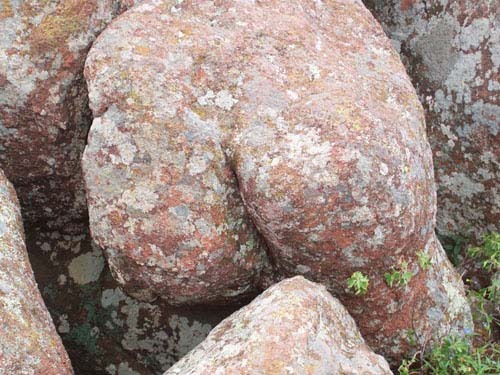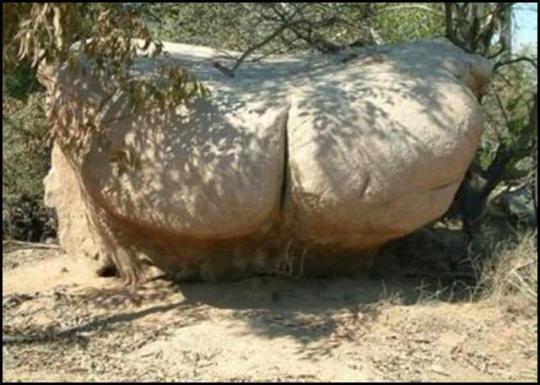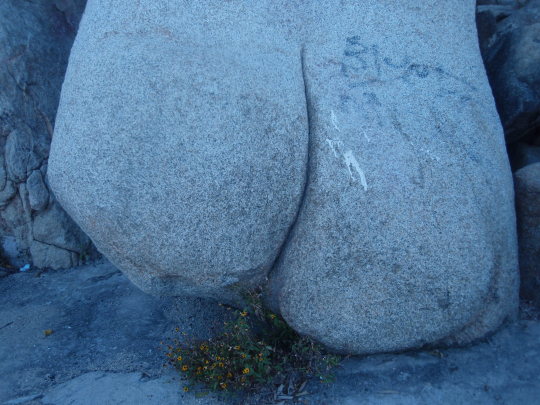Photo








female leaders of the ancient world part 2 | requested by anon
4K notes
·
View notes
Text
Victorian Valentine cards

-Victorian Valentine cards, 1870-1880


Victorian Valentine cards were flat paper sheets, often printed with colored illustrations and embossed borders. The sheets, when folded and sealed with wax, could be mailed. On 10 January 1840, Great Britain introduced the Uniform Penny Post, meaning that Valentine cards could be mailed for just one penny. The mass produced Valentine card was born. Valentines were sent in such great numbers that postmen were given a special allowance for refreshments to help them through the extraordinary exertions of the two or three days leading up to February 14th. Rather than purchase a ready-made valentine, some Victorians assembled original valentines from materials purchased at a stationer’s shop: lace, bits of mirror, bows and ribbons, seashells and seeds, gold and silver foil appliqués, silk flowers, and clichéd printed mottoes like “Be Mine” and “Constant and True.”Victorian valentines commonly feature churches or church spires, signifying honorable intentions and fidelity.







-Victorian Valentine postcard: Cupid dancer
6K notes
·
View notes
Text



~ Athena.
Culture: Greek
Place of origin: Egypt, Cairo (?)
Period: Hellenistic
Medium: Marble
#ancient#ancient sculpture#ancient art#ancient history#ancient greek#ancient Egyptian#ancient Egypt#history#archeology#museum#archaeology#Egypt#egyptology#egyptian
671 notes
·
View notes
Link
0 notes
Text
Im gonna try and bring this blog back again.
Wish me luck dudes


Forever relatable; a photograph of a young woman in the 19th century looking endearingly at her large fluffy cat.
5 notes
·
View notes
Note
Those "Roman coins issued by Marc Antony" are coins of Marcus [Aurelius] Antoninus and members of his family and date from the second century AD.
Sorry this account hasnt been active in a long time and I have no idea what post youre talking about ;_;. If you wanna reply to this and send me the original link Id really appreciate it
2 notes
·
View notes
Photo

(now rebloggable by request!)
COULD I
yes. yes i could.
this handsome-ass motherfucker is george gordon lord byron, romantic poet, ladies’ man, lords’ man, greek national hero, and all-around beautiful fuckup. yes, he’s dead. yes, he’s wearing a laurel wreath. yes, those bedsheets are artfully draped as fuck. don’t question it. this shit happens.
in january of 1816, byron’s wife left him, mostly because he was pretty terrible to her. a former lover of byron’s, lady caroline lamb, decided that this was a fabulous opportunity to ruin his life. (lady caroline lamb was… a lot like byron, actually. she liked to dress up as a dude, which byron found sexy as fuck, and be scandalous, which byron… also found sexy as fuck. after she and byron broke up, she made a huge bonfire in the english countryside, in which she burnt portraits of byron and things he had given her. then she had local village girls dance around said bonfire, singing a song of her own composition. contrary to popular belief, this song was not “we are never ever getting back together”.)
byron had told ms. lamb quite a lot of things he shouldn’t have; the most pertinent were that a) he was getting it on with a fuckload of dudes and b) he was also getting it on with his own half-sister, augusta. caroline lamb, being caroline lamb, told byron’s newly estranged wife. at which point the sodomy and incest made it into the divorce papers. at which point the entirety of england was suddenly talking about it.
soooooo amidst a cloud of scandal byron swanned off to switzerland with a cute young doctor (though not before throwing a goodbye party of viking proportions, which actually involved a cup made out of a real human skull that he had found on his grounds) and settled in a gorgeous house by a lake to do some artful lounging.
while byron had been sleeping with everyone in sight, percy shelley and mary godwin had been having troubles of their own. mary’s dad was a leftist radical, but wasn’t a big fan of his political followers (i.e., percy) coming around to sleep with his daughter. percy and mary did not give a fuck, and proceeded to make out on mary’s mother’s grave. this is literally true.
unfortunately, percy was already married, so he and mary proceeded to fuck off to switzerland with mary’s stepsister claire clairmont, whereupon they got their own house by the lake and decided to make friends with their new neighbor.
so, among byron, his doctor, percy, mary, and claire— well, mary and claire were not sleeping together, and i’m pretty sure the doctor was only sleeping with byron? but. apart from that.
other interesting events of those months were mary shelley inventing science fiction, byron hypnotizing the doctor into jumping off a balcony, and the doctor and byron sort of accidentally co-inventing what would become dracula.
it was a hell of a summer.
anyway, byron proceeded to get claire pregnant, and percy’s first wife died, and the doctor got pissy about being generally left out of everything fun and went back to england, and everyone sort of wandered over to italy and almost got arrested a few times, and then byron stole his baby from claire and stuck it in a convent, where it died.
then percy got caught in the middle of a storm and died, dramatically, and they burnt his body on the beach. mary got to keep his heart, which remained unburnt. they found its remains among her belongings when she died at the ripe old age of 53. it was very romantic. capital r.
and then byron decided it would be a great idea to help liberate greece from the turks, so he went to greece and got stuck in the middle of a fucking swamp doing literally nothing except giving people money and being sexy in order to get other english people to give greece money. and then he caught some fucking swamp disease, and his doctors were terrible, upon which he died.
there’s more— byron’s fake gay autobiographical poem, percy’s fondness for explosives, mary’s sassy feminist mother— but this has gotten long enough. i sure hope it’s been helpful, though!
26K notes
·
View notes
Photo










“Paper towns” of the Roman Empire. The caption of each image has a link to its source, which is the subreddit /r/papertowns. They are constantly sharing more awesome illustrated maps of cities, and not just Roman ones.
I love how these paper towns really give you a flavor for ancient urban life. I can imagine myself walking through the streets, attending plays at the amphitheater, congregating the forum to hear a speech, or boarding a ship in the harbor and sailing off to the next city. Also, these should be great references for whenever I find the time to run a Greco-Roman D&D campaign.
For quick reference, the cities here are (in order):
Constantinople (duh)
Vindobala (fort on Hadrian’s Wall)
Pompeii (RIP)
Tarraco (modern Tarragona)
Tergeste (modern Trieste)
Augusta Raurica (modern Basel)
Aquae Sulis (modern Bath)
Segedunum (fort on Hadrian’s Wall)
Barcino (modern Barcelona)
Lutetia (modern Paris)
567 notes
·
View notes
Photo









Necropolis of Cerveteri
A major centre of Etruscan civilisation that was declared a UNESCO World Heritage Site in 2004, the Necropolis stretches for more than two kilometres. This certainly makes it the most imposing in all Etruria and one of the most magnificent monuments of its kind anywhere in the Mediterranean basin. These monumental tombs are located inside tumuli, partly cut into the tufa rock and partly built over it. The purpose of these edifices was to illustrate the desire of a handful of aristocratic families to make a statement about their wealth and to perpetuate a lifestyle of the highest quality also after death.
Images and text via, additional images via + via
11K notes
·
View notes
Text
In all seriousness I took a death and dying course in college for fun and that’s when I fell in love with, and began to seriously study, spontaneous or “street shrines”. These are the organic, unplanned placements of items when someone is killed, generally, and the community almost descends on a spot. I am fascinated by that interfaith, inter-spirit moment of connection fostered. What drives someone to leave the first item? Who guides them there? What do we, as humans, seek from the leaving of a memorial on a place that now hallowed? And we know it is, to some extent, even if we’re not spirit-workers. We have this human need to bear witness, no matter who we are, and over and over again it manifests as this need to build some space, some monument that says “they were here, and now they aren’t here, and we, collectively, of all faiths and walks of life, strangers to each other, will remember them”
We take comfort in, and protect to some measure, that space we create with tea-light candles and stuffed bears and flowers and it just feels like the Right Thing to Do. We rebuild these spaces when they are torn down by authority and we keep building them up and that’s beautiful
Street shrines are TRULY universal, too. They are largely non-verbal but it’s like we just KNOW what to do, like something moves inside all of us and it doesn’t fucking matter if we can’t understand anyone else standing at the site, it’s just a Knowing. It’s phenomenal
73K notes
·
View notes
Photo

Found at: Experience Egypt @ Facebook “The first attempt to catch pokemon in history was registered in the era of ancient Egypt.”
120 notes
·
View notes
Photo

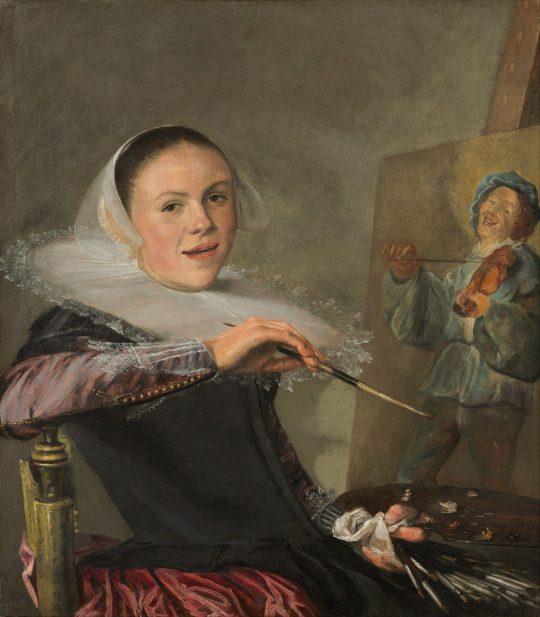
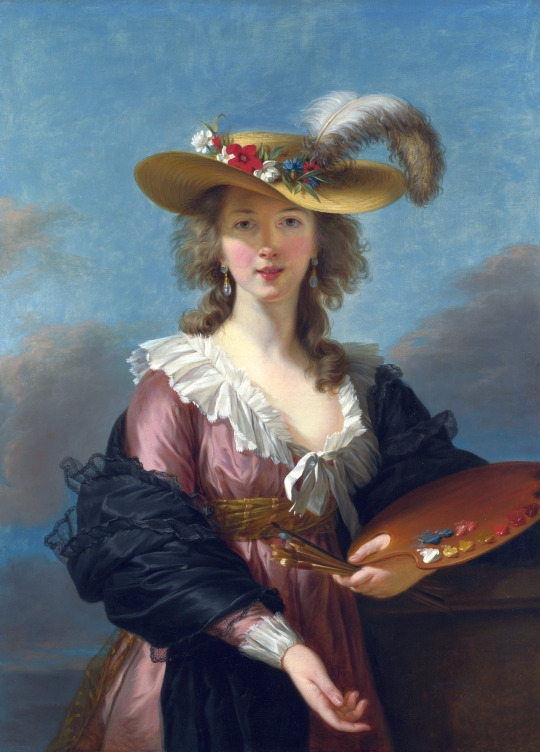
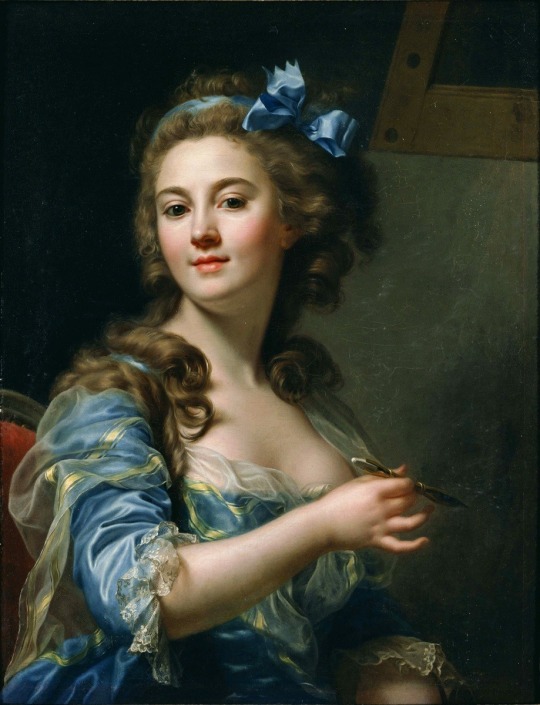

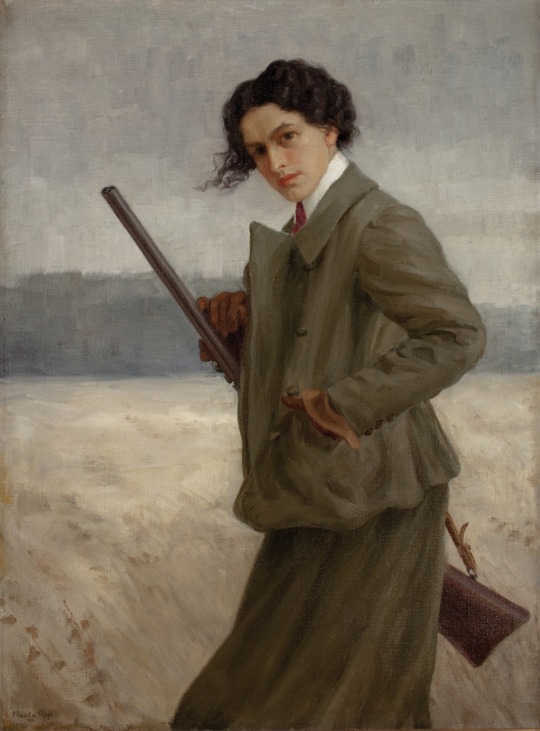
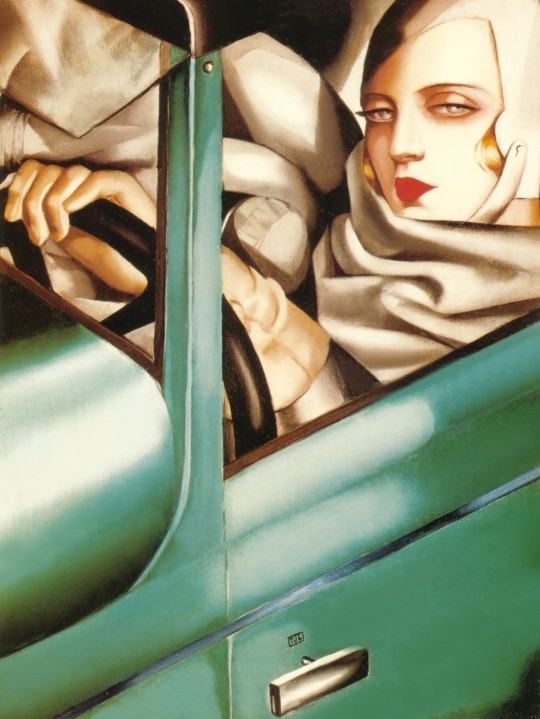
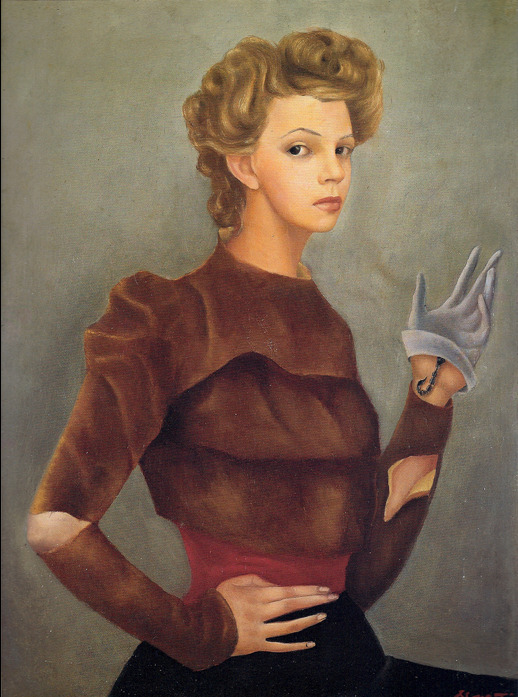


Some Self Portraits by Women Artists:
Sofonisba Anguissola (Italian, 1530-1625), Self Portrait at the Easel Painting a Devotional Panel, 1556
Judith Leyster (Dutch, 1609-1660), Self Portrait, ca. 1630
Élisabeth Louise Vigée Le Brun (French, 1755-1842), Self Portrait in a Straw Hat, after 1782
Marie-Gabrielle Capet (French, 1761-1818), Self Portrait, c. 1783
Zinaida Serebriakova (Russian, 1884-1967), At the Dressing Table - Self Portrait, 1909
Nasta Rojc (Croatian, 1883-1964), Self Portrait, 1912
Tamara de Lempika (Polish, 1898-1980), Self Portrait in the Green Bugatti, 1925
Leonor Fini (Argentine-French, 1908-1996), Self Portrait with Scorpion, 1938
Frida Kahlo (Mexican, 1907-1954), Self Portrait, 1945
Yana Movchan (b. in Kiev, Ukraine, 1971), Beautiful Me (Self Portrait)
78K notes
·
View notes
Conversation
someone: the classics are so refined
diogenes: i'm gonna throw a chicken at plato and then i'm gonna reward myself by whacking it in public
vase painters: how many dicks do you think are enough? at least 5
aristophanes: you need 3 fart soundboards to perform this play properly
lucian: the moon is full of gay people, anyway let's argue about whether sleeping with girls or boys is better
catullus: i want to make out infinity times with my girlfriend
the entire roman senate: ostensibly we are a respectable body but actually we are a preschool full of man-sized babies
ovid: haha then what ;)
horace: i fucking hate this goddamn tree also hey wanna hear about a wet dream i had
martial: you're hot but you queef too much so i don't want to have sex with you
someone: such elegance
5K notes
·
View notes
Text
FYI science isn’t unbiased You need to look at who’s funding the study You need to look at the methods You need to look at the type of statistical analysis You need to use logic Just because it’s “science” doesn’t mean it’s good science
21K notes
·
View notes
Photo


Studio of Francis Harwood (in Italy)
Portrait Bust of a Black Man
England, Italy (1758)
Black Stone and Yellow Siena Marble, 2 ft. 3 ½ in. x 1 ft. 7 ¾ in. x 10 ½ in.
Info via Getty Museum:
With noble bearing, this man proudly holds his chin high above his powerful chest. Sculptor Francis Harwood chose a black stone to reproduce the sitter’s skin tone. Harwood also chose an unusual antique format for the bust, terminating it in a wide arc below the man’s pectoral muscles. Harwood was familiar with antique sculptures from time spent in Florence reproducing and copying them. He may have deliberately used this elegant, rounded termination, which includes the entire, unclothed chest and shoulders, to evoke associations with ancient busts of notable men. Although the identity of the sitter is unknown, the scar on his face suggests that this is a portrait of a specific individual. This work may be one of the earliest sculpted portraits of a Black individual by a European.*
* I think we should all know by now that this is definitely untrue.
PDF with information for educators from the Getty Museum
5K notes
·
View notes
Photo

A 2012 excavation in Turkey revealed a 2,000-year-old mosaic that features a super-chill skeleton reclining next to some wine, bread, and the inscription ‘Be cheerful, live your life.’ Source Source 2
15K notes
·
View notes
